All About Workshop Systems
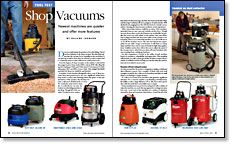
There are big differences between a woodworking shop and just another room in the house. Yes, the creature comforts of heating and cooling are important in a shop, but a shop is often used on a different schedule and in different ways than a room in a home. In the shop environment we must also consider ventilation to remove the vapors from finishes and thinners, the air movement from dust collection systems, the need for a dust-free area for applying finishes, the need for compressed air, and the control of temperature and humidity for the storage of fine woods.
The Basics:
• Heating and cooling: Solutions vary by geographical region.
• Dust collection and ventilation: keep your shop air clean.
• Plumbing for air:
Heating and cooling
When choosing a heating solution, consider the pros and cons of kerosene heaters, wood-burning stoves, radiant floor systems, radiant ceiling panels, propane natural gas, oil-fired heaters, and electric heaters. Consider the safety of each of these solutions, as well as the resources available in your region, such as access to firewood and other fuels. Cooling is equally important if you live in a warm climate. Options vary from window air-conditioning units to central air.
Dust collection
If you’re considering installing a dust collection system in your shop, there are a variety of solutions depending on the level of protection and investment that you want to make. A small shop might get by with a shop vacuum. At the other end of the spectrum is the chip and dust collection system, which uses a central collection facility to collect dust through a web of hoses and ducts located throughout a shop. You’ll want to choose the right-sized dust collection system for a small shop by testing various sized collectors with scientific measurements and with real-world dust to see how effective they are.
Ventilation
For most of us, the shop is not only where we saw, rout, assemble and sand but also where we apply the finish. But attempting to apply a finish in a dusty shop environment creates problems. Shop-built spray booths are a good solution, and can range from quick setups to more elaborate knock-down booths.
Plumbing for air
Compressed air is another option for a shop. It can come from a portable compressor or a full-scale air plumbing system that will put access to air where you need it. When designing for the installation of compressed air, consider how and where you use air in your shop, as well as the level of investment you want to make, to determine the best solution.
Lighting and wiring in the shop
It wasn’t that many generations ago that a woodworker had to open a sluice gate to a water wheel, build a fire under a steam boiler or, more commonly, warm up the muscles of his right arm before operating any woodworking machinery. That’s all changed now that our shops are powered by electricity. We walk into our shop, flip a switch to turn on the lights, then walk over to a tool and flip another switch to bring it to life. It’s so easy and commonplace that we take it for granted.
In any shop, providing adequate light for standard operations is essential, and this is best accomplished by identifying where lights should be placed in your shop to create a comfortable working environment. In addition to fluorescent ceiling lights, you might also consider portable flexible lighting system using halogen lights or simple clamp-on lights.
Fine Woodworking Recommended Products

Starrett 12-in. combination square
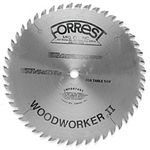
Forrest Woodworker II Blade
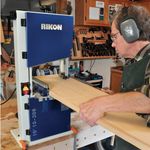
Rikon 10-3061 10-in. Deluxe Bandsaw
The saw has two speeds: 3,280 sfpm (surface feet per minute) for wood and 1,515 sfpm for soft metals and some plastics.





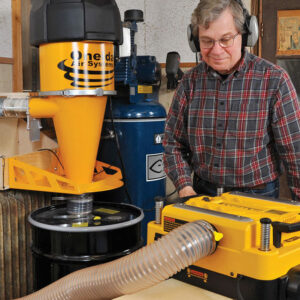
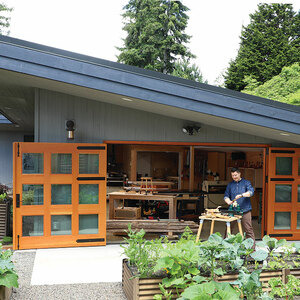















Log in or create an account to post a comment.
Sign up Log in